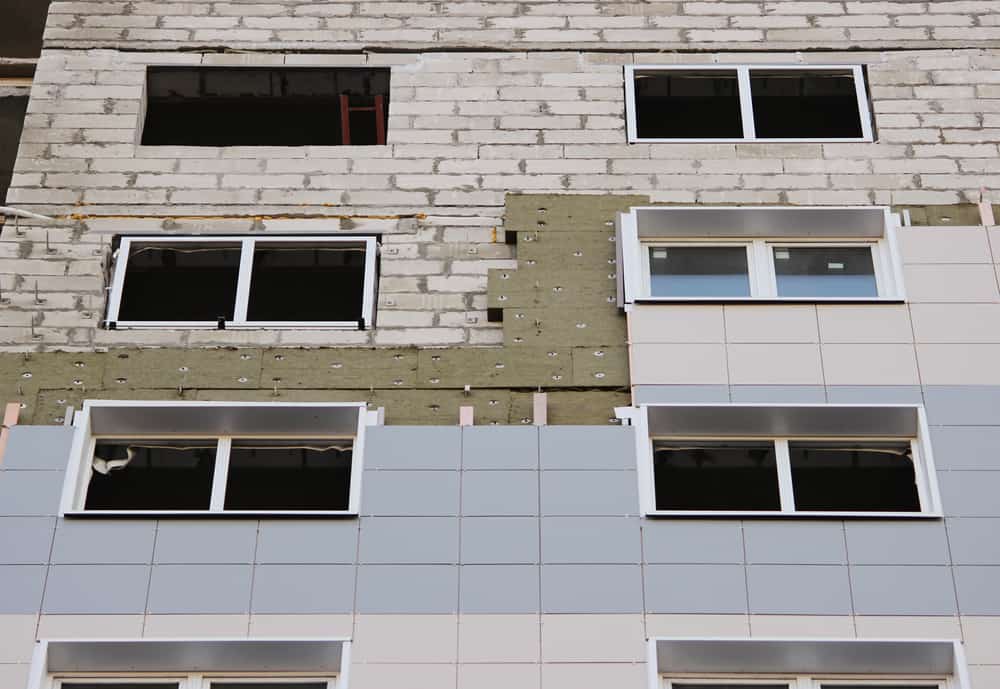
“Cladding Building Action” – There May be More Time to Sue Under the Victorian Building Act 1993
(2) Despite subsection (1), a building action may be brought more than 10 years but less than 12 years after the date of issue of the occupancy permit in respect of the building work (whether or not the occupancy permit is subsequently cancelled or varied) or, if an occupancy permit is not issued, the date of issue under Part 4 of the certificate of final inspection of the building work if—
(a) the building action is a cladding building action; and
(b) the building action has become or becomes prohibited on or after 16 July 2019, but before 12 months after the commencement of section 53 of the Cladding Safety Victoria Act 2020, by this section as in force immediately before the commencement of that section of that Act.
Subsection (2)(b) contains reference to “building action” which has become “prohibited” (and context would dictate ‘prohibited’ refers to the operation of the 10 year liability cap) during the period 16 July 2019 through to a date 12 months after the commencement of Section 53 of the Cladding Safety Victoria Act 2020 (VIC). According to the Endnotes of the Building Act 1993 (VIC), the amendment made by Section 53 of the Cladding Safety Victoria Act 2020 (VIC) came into effect on 1 December 2020. This means that the latest date by which claimants intending on taking a cladding building action must commence proceedings, if they intend to avail themselves of the longer 12 year limitation period, is 1 December 2021.What is a “Cladding Building Action”?
Section 134(3) provides that:-cladding building action means a building action in connection with, or otherwise related to, a product or material that is, or could be, a non-compliant or non-conforming external wall cladding product.
